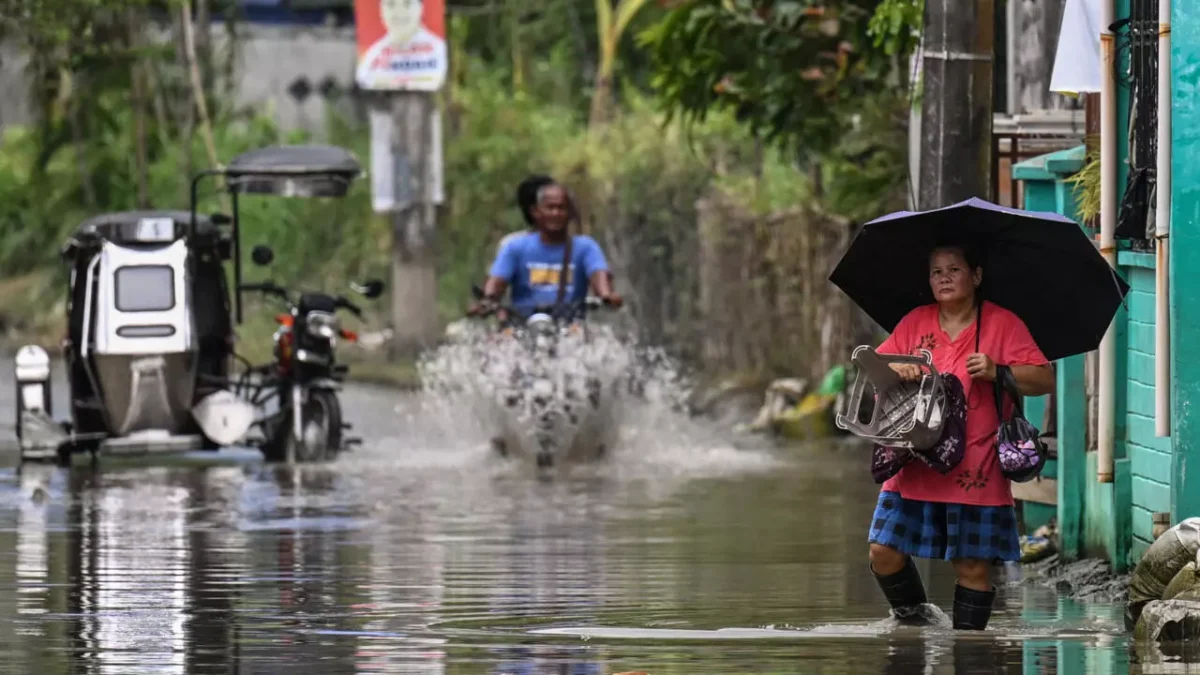Protecting Yourself From Heat Stroke
Girl suffering from heat stroke.
September 2, 2022
Recently, low to high 90s temperatures seem to dominate the forecast every day of the week. This coming weekend, the heat will be at temperatures over 100 degrees. We all tend to ignore heat, but with rising temperatures, it’s important to keep in mind the serious risks that come with it.
Heat stroke is incredibly common, and at times, incredibly dangerous. There are cases of major damage to the brain, heart, muscles, and kidneys when heat stroke goes untreated for too long. Here at Granada, we have long, air conditioned classes, but that doesn’t mean we are all entirely protected.
During lunch and passing periods, students are exposed to the sun, and if they are not careful, at risk of contracting heat stroke. However, that does not mean that there is nothing you can do about it. In order to get a full perspective on this issue, we asked a student athlete about a time when she had heat stroke.
When asked about her experience having heat stroke, cross country athlete Julia Cappelloni spoke about her time at a race in Merced.
“I got my heat stroke by running in Merced last year, for a race that was 3 miles. It was about 110 degrees out,” said Cappelloni.
Cappelloni was treated, but not before experiencing serious symptoms of nausea and vomiting.
“It took some time after the race, then it hit me and I started puking,” said Cappelloni.
Since then, she hasn’t been worried about contracting it again, but that doesn’t mean heat stroke is just something you can ignore. Many student athletes are at a higher risk of getting heat stroke, but still don’t fully understand how to identify it.
An individual contracts heat stroke when their body is at exactly 104 degrees fahrenheit, and almost immediately they feel effects such as altered mental state, sweating, nausea, or vomiting. While these effects are very unpleasant and noticeable, there are also some less obvious symptoms that you should look out for. Some of these symptoms might be headaches, flushed skin, irregular sweating, and rapid breathing or heart rate. Even with all of the risks of heat stroke, you can still protect yourself from it.
Protecting yourself during the hot, summer months is not as difficult as you might think. The best way to prevent heat stroke is by staying out of the heat. Being inside an air conditioned room makes the chance of contracting heat stroke incredibly low, but that isn’t really an option for everyone.
If you are someone who really has to be outside, pay attention to what you are wearing. Are your clothes light and loose, or are they heavy and tight? If they’re light and loose, you’ve made the right choice, and are at a lower risk of contracting heat stroke. You should avoid heavy, tight clothes whenever possible, because they make it more difficult for your body to regulate its own temperature.
In addition to staying out of the heat and dressing appropriately, the most common advice you will get is to stay hydrated. It’s common, because it’s useful. Staying hydrated is important every day of the year, but it’s even more important on hot ones. Doctors recommend drinking about one cup of water every 15-20 minutes if you are working in the sun, and even if you aren’t, it’s important to get around 11-15 cups in a day.
“Most people need several hours to drink enough fluids to replace what they have lost through sweat,” says Bexar County Resources.
Remembering to drink water can be difficult for a lot of people, luckily, there are a few ways you can treat heat stroke if you do happen to contract it.
The quickest way to treat heatstroke is to get into a shady area, or air conditioned room. Since heat stroke occurs when your body temperature is high, you should do anything you can to lower it. That could be done by taking a cold bath or shower at home, or putting an ice pack on if you are out somewhere.
Another important thing to do is to rehydrate. When you are dehydrated, you will continue to feel fatigued, and will have a harder time recovering. So, drink as much water as you can.
Heat stroke should be a serious concern for everyone during the summer months, and even now that we’re entering fall. Even if it seems difficult to prevent heat stroke, you should at least monitor your time outside, and keep yourself as safe as you can.





























